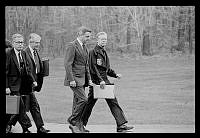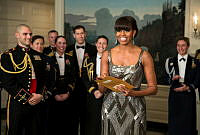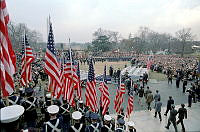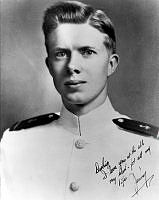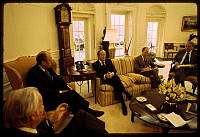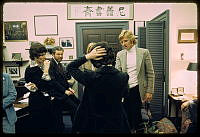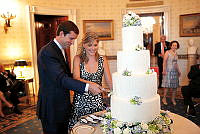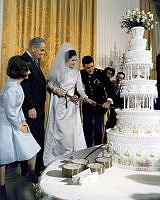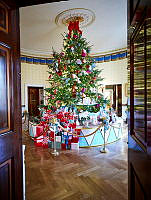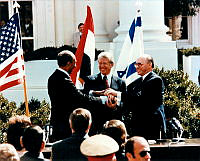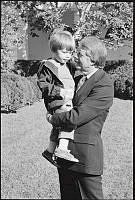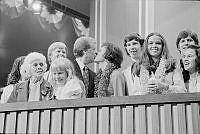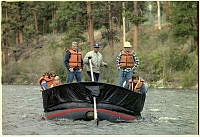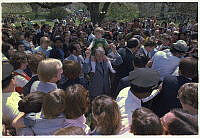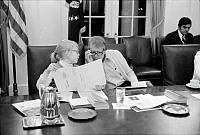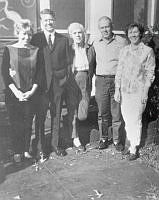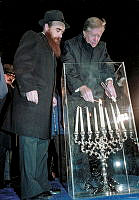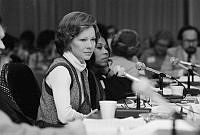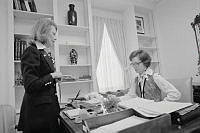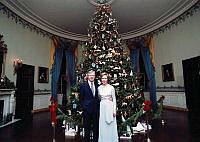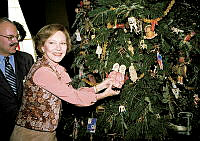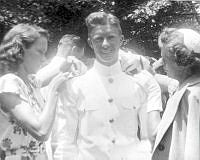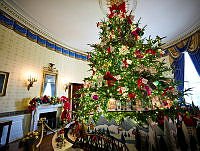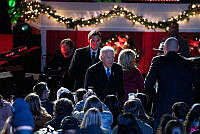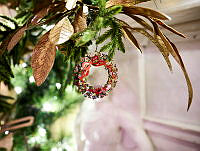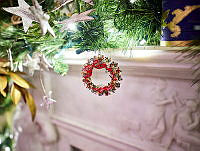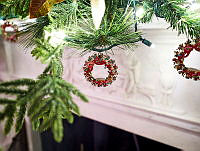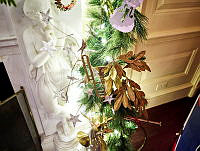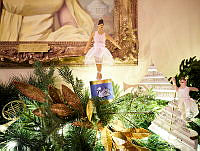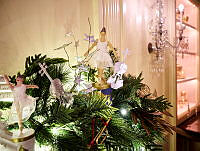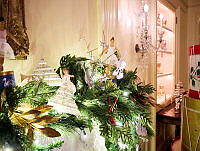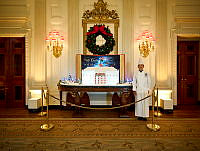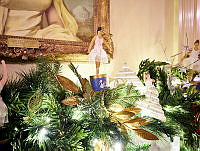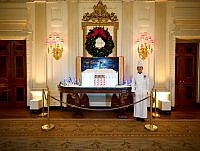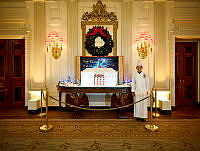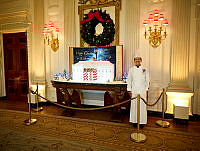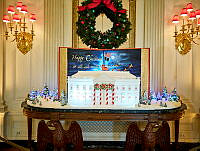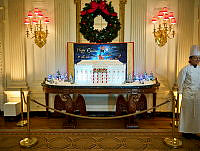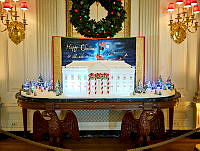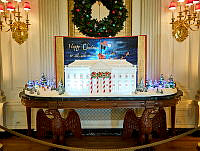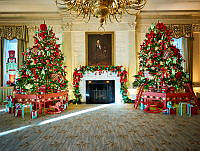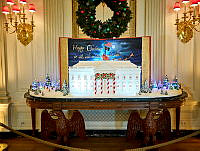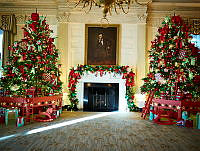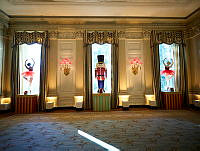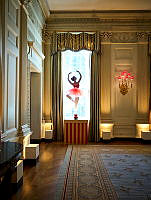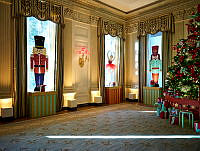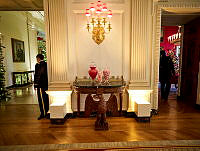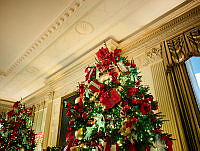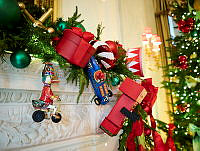The United States Marine Band: John Philip Sousa
Copyright © White House Historical Association. All rights reserved under international copyright conventions. No part of this article may be reproduced or utilized in any form or by any means, electronic or mechanical, including photocopying, recording, or by any information storage and retrieval system, without permission in writing from the publisher. Requests for reprint permissions should be addressed to books@whha.org
Gallery
-

At the request of President Chester Arthur, who believed Hail to the Chief undignified, John Philip Sousa played his own Presidential Polonaise (1866) for a brief period as the presidential march.
United States Marine Band -

John Philip Sousa's father Antonio, a Marine Band trombonist, enlisted his 13-year-old son in the organization as an apprentice musician. At age 20, John Philip Sousa left the band to tour the country as a violinist and orchestra director and returned as age 25 to become Marine Band Director.
Library of Congress -

President Chester Arthur once asked John Philip Sousa to perform a Spanish dance tune called the cachucha. When Sousa noted that it was not part of the Marine Band's repertoire, the president responded, "Why Sousa, I thought you could play anything." A bandsman remembered the melody, and Sousa hastily wrote out several parts for the leading instruments and played the tune to the satisfaction of the president.
White House Collection/White House Historical Association
John Philip Sousa, Director (1880-1892), brought world fame to "The President's Own." While the organization was already considered a national institution, Sousa's dynamic leadership transformed the Marine Band's repertoire, emphasized symphonic music, changed the instrumentation, and made rehearsals exceptionally strict. He conducted the band's first sound recordings, initiated its first national concert tour, and began to write the marches that earned him international acclaim and the title "The March King." Sousa continued composing and conducting until his death in 1932. He left America a treasured musical legacy of marches that, as columnist Hugh Sidey noted, ". . . say more about liberty than a dozen orators."













